Shop
Greaves were an important component of the armor of many troops, including Western European knights and Roman legionnaires and centurions. They were widely used by cavalry to protect legs and heels while riding a horse. Our base-option Greaves are made of 1.5mm cold rolled steel. They conform to the shape of your calves, making them
This set of steel arms includes elbow cops with rondels and is secured with leather straps and steel buckles. This set provides you excellent mobility for both melées and duels. It is painted on the inside to provide additional protection against rust. Our base option for this set is 1.5mm cold rolled steel which can
Our Brigandine Legs with Splinted Segments consists of cuissards, articulated knees, and greaves. The Brigandine Legs are further reinforced with steel plates. The articulated knees are joined to the cuisses with rivets, creating one piece – no holes, no leather laces. The leg harnesses have leather arming points at the top and are equipped with
Gauntlets with metal plates were first mentioned in the last decade of the XIII century. Before this, gloves were made of leather soaked in wax and were reinforced by iron, steel or brass plates. The construction of brigandine gauntlets of this period was similar to the way a coat of plates was made. Steel plates
The word “brigandine” first appeared in Italy in the second part of the XIV century. For example, in the archive of Francesco Datini from Prato, there’s a description from the year 1367 with notes about a “Corazzine Brigandine”. In Medieval England, the word “brigandine” was used for the first time in 1397 in a description
If you would like to add solid protection for your neck, a steel plate gorget is a superb solution. That said, participating in medieval combat which is regulated by HMB rules and the Authenticity Committee requires fighters to maintain historical accuracy in regards to the period and region of the equipment and weapons. So, what
Lamellar armor was not as popular as mail in the Early Middle Ages. It is a common misconception that use of lamellar armor was restricted to the nomadic tribes of the Middle East. However, some archaeological findings (Birka, Gotland, Sweden) furnish proof that this kind of armor was used in Scandinavian regions. According to historical
Quality under-armor wear was a very important part of the equipment of ancient knights. To protect vulnerable parts of the body such as the head, shock-resistant fabric liners were used. This liner is made of layers of durable 100% cotton. It’s completely handmade, has high-quality machine seams. And is padded with natural sheet wadding.
This Brigandine skirt was made from 1.5mm mild steel. Covered with red wool. It has two rows of leather straps on the sides. You can regulate the comfortable fit. Overlapping articulated steel lames. The thick leather top with holes so you can fix brigandine skirt on the gambeson. Brigandine skirt is an addition to your
We have created a faithful replica of the late XIV century arm harness found in Churburg Castle which consists of vambraces, elbow cops, rerebraces, (which cover the biceps) and articulation segments. Our Churburg Arms are equipped with leather straps and steel buckles and are painted inside to prevent rusting. The vambraces are anatomically shaped and possess
Bascinet type helmet with the houndskull (dog-faced form) visor. Klappvisor (Kplappvisier) – it’s the way the visor is attached to the skull of the helmet. This method was developed in Germany around c.1360-1370. The apex point of the conical skull is slightly moved back. Such Houndskull Bascinets were the most spread helmets used by knights
Our Padded Gorget with Titanium Plates helps to cover any unsafe gaps you may have around the neck. It can also be used as additional protection to reinforce vulnerable places such the collar bones and trapezius muscles. Our Padded Gorget with Titanium Plates is made from stitched cotton and two layers of natural sheet batting


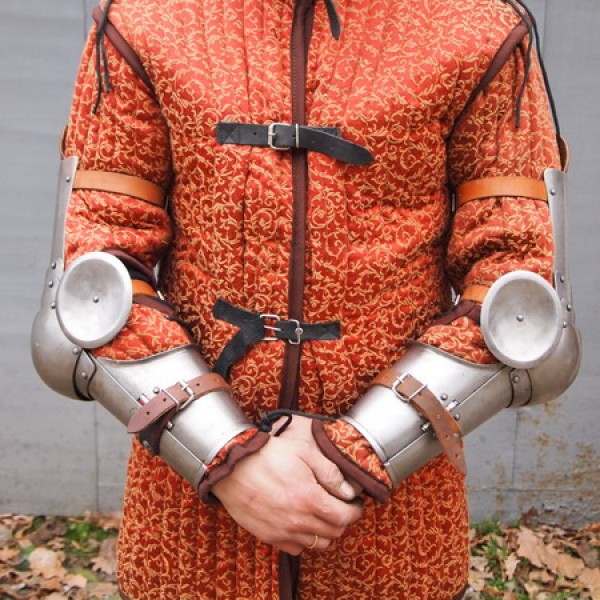
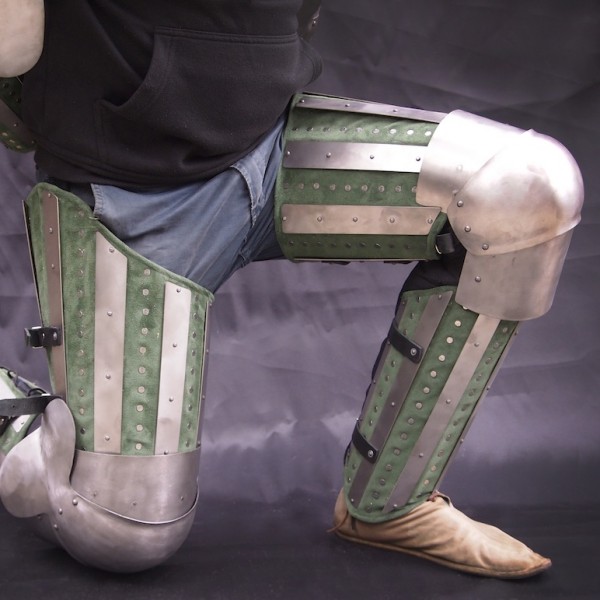


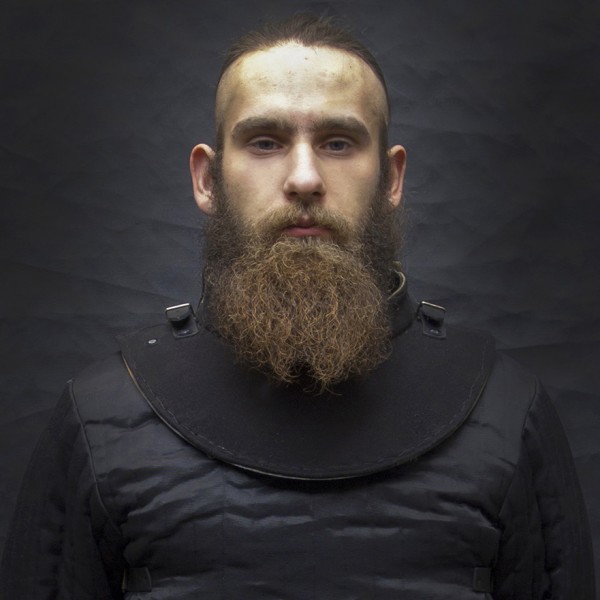

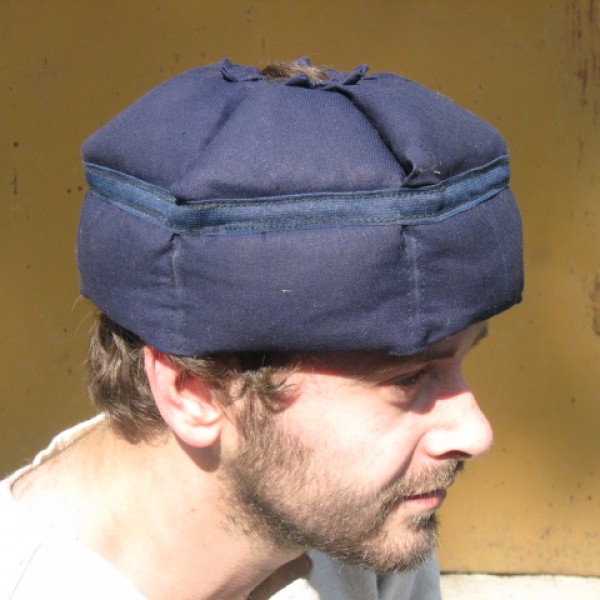


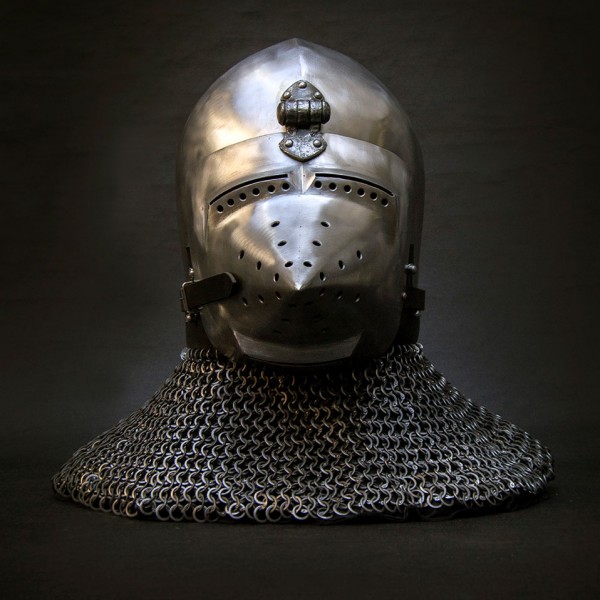

 Shop
Shop